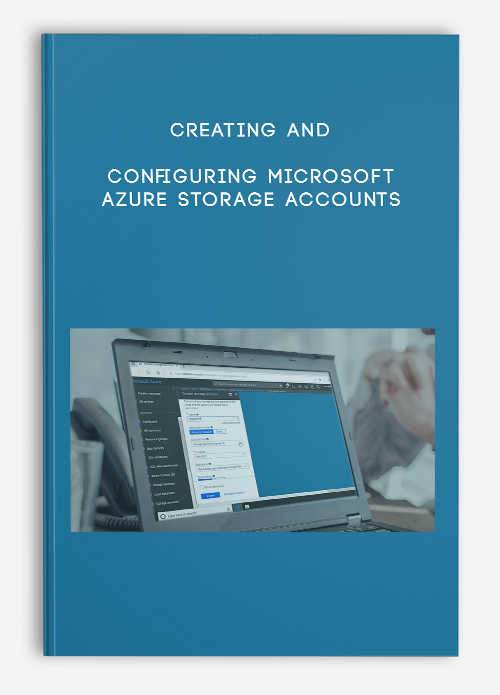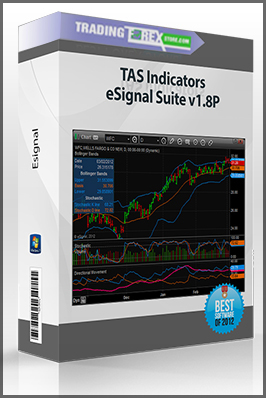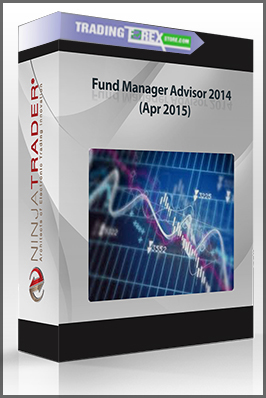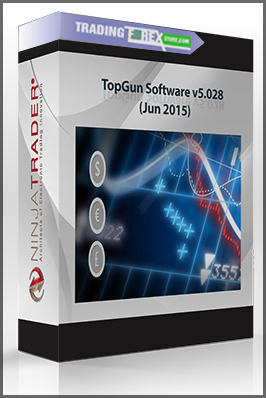Creating and Configuring Microsoft Azure Storage Accounts
Original price was: $159.00.$47.00Current price is: $47.00.
Product Include:
File size:
- Description
Description
Creating and Configuring Microsoft Azure Storage Accounts
**More information:
Get Creating and Configuring Microsoft Azure Storage Accounts at bestoftrader.com
Description
This course will teach you how to configure the security, access, management and monitoring features common to Blob, File, Queue, and Table services using Azure Storage Accounts. Setup, administration, and cost tracking are covered as well.
Azure Storage Accounts provide a unique namespace to store and access your data objects in the cloud. Blob, File, Queue, and Table services all share common features of security, access, monitoring, and cost tracking through a Storage Account. In this course, Creating and Configuring Microsoft Azure Storage Accounts, you’ll learn how to create and configure Microsoft Azure storage accounts. First, you’ll explore how to create and secure Azure Storage Accounts and perform administration using the Azure Portal, Azure CLI, and Azure Storage Explorer. Next, you’ll discover the basics of account types and storage account replications options, as well as more advanced monitoring and troubleshooting of storage accounts using metrics, diagnostics logs, and activity logs. Finally, you’ll learn how to monitor the ongoing cost of your storage services. By the end of this course, you’ll know how to create and manage storage accounts, how to secure access, and how to monitor your storage account.
Forex Trading – Foreign Exchange Course
You want to learn about Forex?
Foreign exchange, or forex, is the conversion of one country’s currency into another.
In a free economy, a country’s currency is valued according to the laws of supply and demand.
In other words, a currency’s value can be pegged to another country’s currency, such as the U.S. dollar, or even to a basket of currencies.
A country’s currency value may also be set by the country’s government.
However, most countries float their currencies freely against those of other countries, which keeps them in constant fluctuation.















